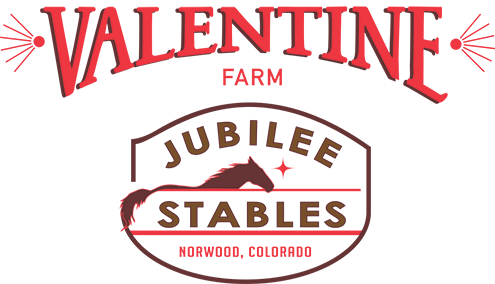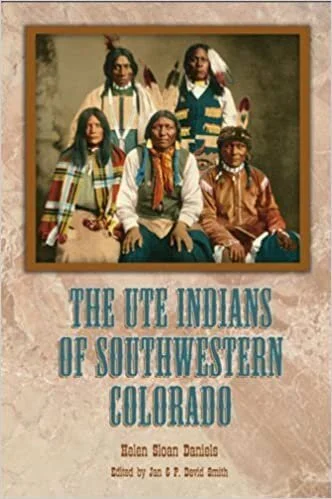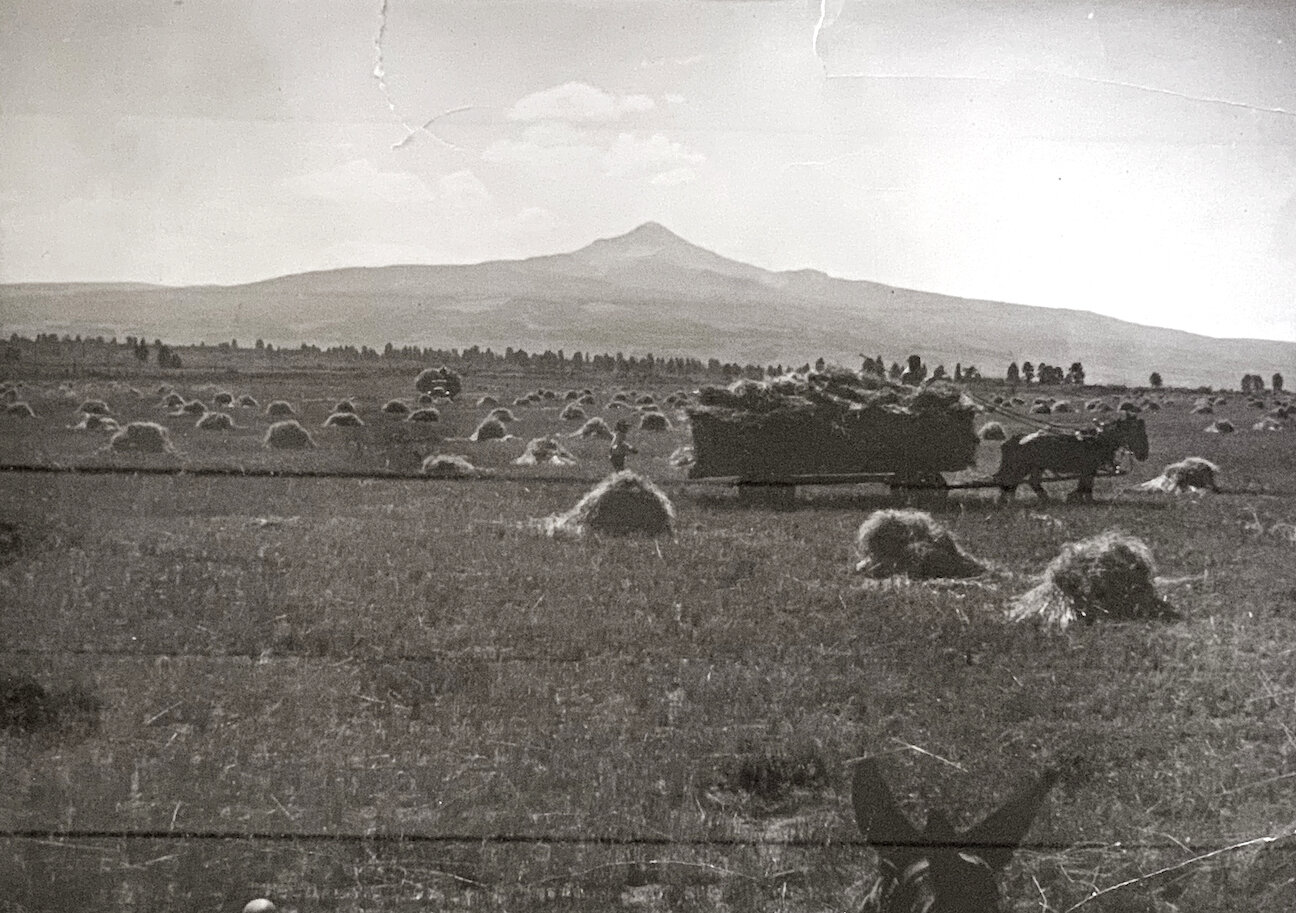Wild stories and elaborate legends are a thing of theWest.
The settlement of Norwood and Wrights Mesa is no exception.
Before the homesteaders even knew the mesa existed, bands of Ute Indians used the mesa as a hunting ground and as a favorite place to camp temporarily as they passed through the area. The settling of this mesa dates back to the late 1870’s, when a few curious Placer miners decided to see what was on top of the canyon that their little town of Placerville was nestled in.
They found a way to the top and were blown away by the beautiful, grass filled mesa that awaited them. The option of being a rancher, rather than a miner was intriguing. F.E. Wright was the first to purchase a parcel on the mesa, hence the name Wrights Mesa, pursuing the opportunity to be a cattle rancher. Unfortunately, before he was able to complete his claim filing by building a cabin and fence, a man by the name of Edwin Joseph came to the mesa, following the rumors of glorious grasslands, and convinced Wright to sell him his parcel for $100. It was 80 acres and had one of the finest springs in the region. It was 1884 and the first ranch on the mesa had now been established.
Edwin moved his family from the base of Keystone Hill, near Telluride, where the Josephs had previously operated a weigh station, to their new home on Wrights Mesa. Edwin, his wife Jenny, and their two sons, Horace and John, packed their lives onto a pack train of burros and took the journey to the mouth of Beaver Canyon and up an Indian trail to the top of the mesa and on to their new ranch.
During this period of time the settlers of Southwestern Colorado were trying to negotiate peace with the Ute Indian tribes. Chief Ouray of the Uncompahgre band was known as “the man of peace”, because of his efforts to make treaties with the settlers and the government. Legend has it that Ouray told the Josephs that peace would be made as long as Mrs. Joseph gave her new, yellow bonnet to Ouray’s wife, Chipeta. The trade was made and the Josephs were able to live in peace with the Indians. There was even a time when the men of the Joseph family had to move their cattle to Paradox Valley and were gone for an entire winter season. During this period, the Utes would bring meat for the women, in trade for baked goods.
Some of the first crops the Josephs produced on their new farm were potatoes. They would sell them to the Telluride mining camps for $1.25/100 lbs. A fancy price for that time. The fruits of their labor were abundant and the Joseph family ranch was able to thrive, surviving the hardships of such secluded living. Eventually the Norwood community began to grow and agricultural life prospered for the ranchers. The Josephs farm was passed down through their family over the next hundred years, eventually being sold and becoming Valentine Farm.





